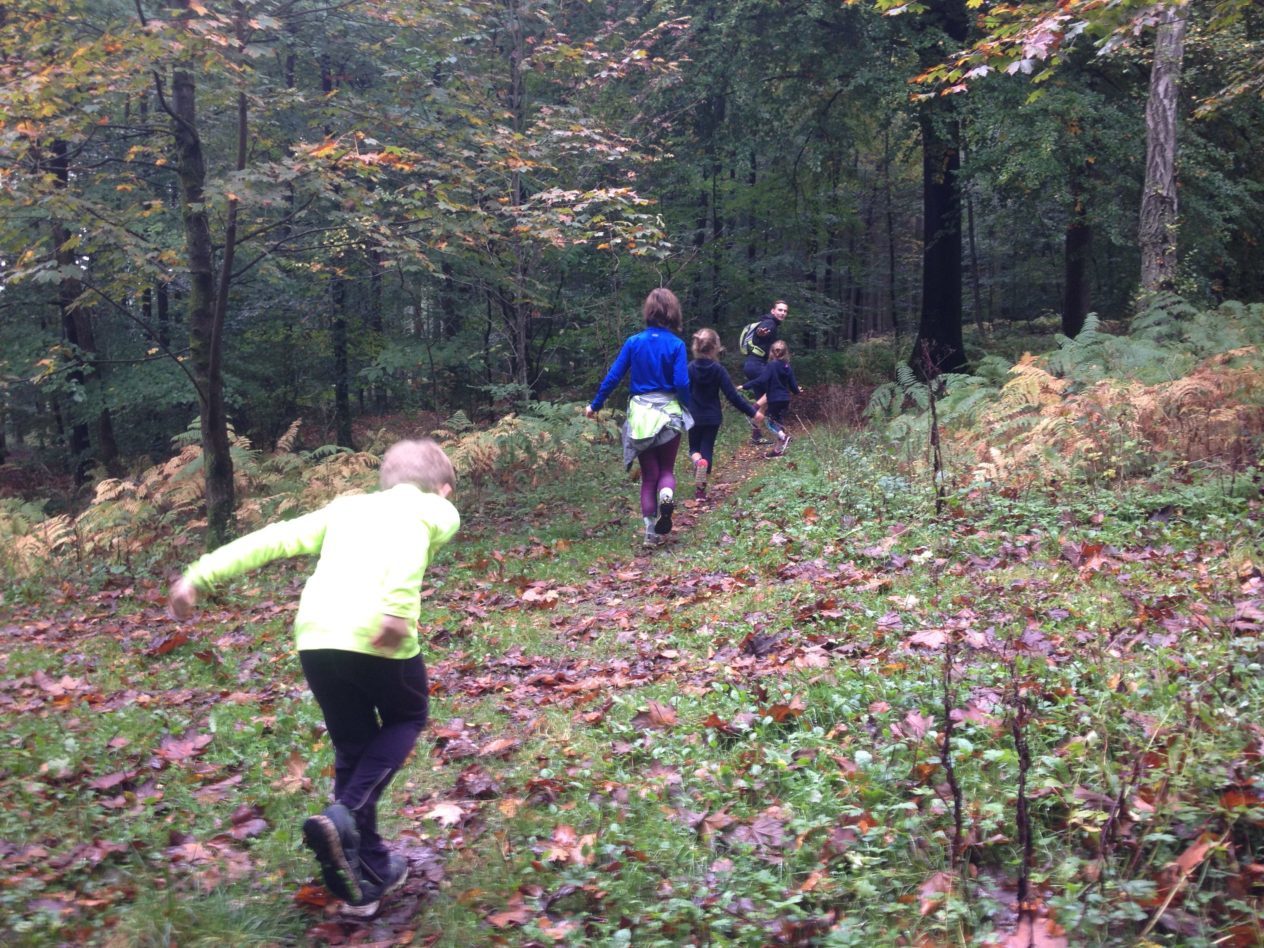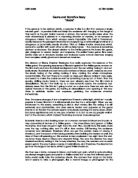Pinaceae - Simple English Wikipedia, the free encyclopedia.
Essay on the Embryogeny in Gymnosperms: The process leading to the formation and development of embryo is called embryogeny. In majority of the living gymnosperms, except some members (e.g. Sequoia sempervirens, Welwitschia and Gnetum) the initial changes in the development of embryo include the free-nuclear divisions.Pinaceae are monophyletic. They are the largest living conifer family in species diversity, with between 220-250 species in 11 genera, and the second-largest (after Cupressaceae) in geographical range. They are found in most of the Northern Hemisphere with most species in temperate climates.Classification: About the Classification Report About the Classification Download. Classification for Kingdom Plantae Down to Order Pinales. Click on names to expand them, and on P for PLANTS profiles.
Pinus, with over 100 species, is the largest genus of conifers and the most widespread genus of trees in the Northern Hemisphere. The natural distribution of pines ranges from arctic and subarctic regions of Eurasia and North America south to subtropical and tropical (usually montane) regions of Central America and Asia.Subjects: (George Edward), 1809-1884 1833-1907 1841-1927 1846-1925 Botanical specimens Classification Correspondence Davenport, Geo. E Engelmann, George, Fagaceae Herbarium Letters Pinaceae Pinus Pteridophyta Quercus Robinson, John, Sargent, Charles Sprague.

Pinaceae (pine), a family of coniferous gymnospermous plants, including evergreen or, less commonly, deciduous (Larix) trees and some shrubs. The leaves are linear-lanceolate, linear, needle-shaped, or scale-like; they are borne singly on the principal shoots or are in groups of two to five (Pinus) or more (Cedrus and Larix) at the ends of short lateral.












